-
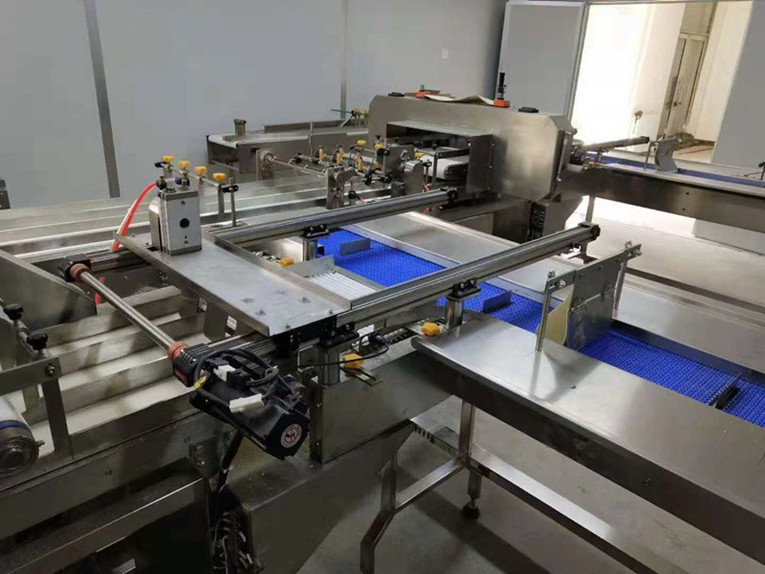
What Factors Contribute to Friction in Linear Motion Systems?
Designers and engineers typically try to avoid or mitigate friction in linear motion systems. Although friction isn’t always bad — in some applications, it can provide a damping effect and help improve servo tuning — when it comes to linear motion systems, it increases the amount of force requir...Read more -
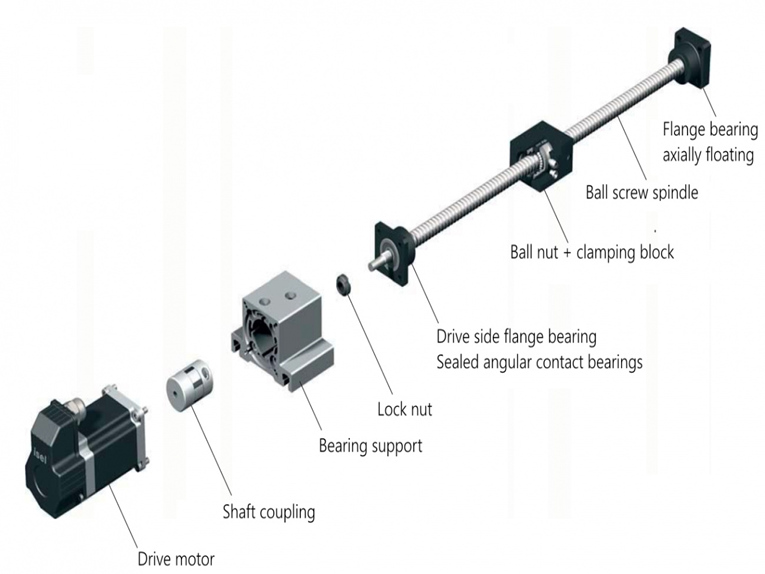
Pandemic Impacts Linear Motion Component Manufacturing and Applications
Linear motion components include everything from various types of linear actuators to linear guides, slides and ways, and a host of components in between. One thing they all have in common is that their development and production are influenced by both technological trends as well as broader mar...Read more -
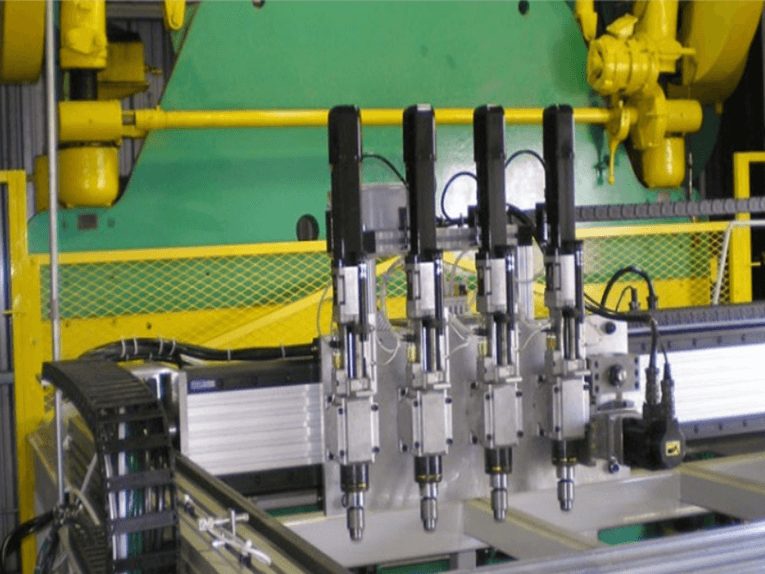
Linear Motion Basics: 13 Fundamental Topics You Need to Know
Whether you’re new to designing and sizing linear motion systems, or you could just use a refresher, we’ve gathered all the articles that cover mechanical concepts used in linear motion systems and put them together here, as a sort of “linear motion basics” reference guide. Unlike our curated li...Read more -
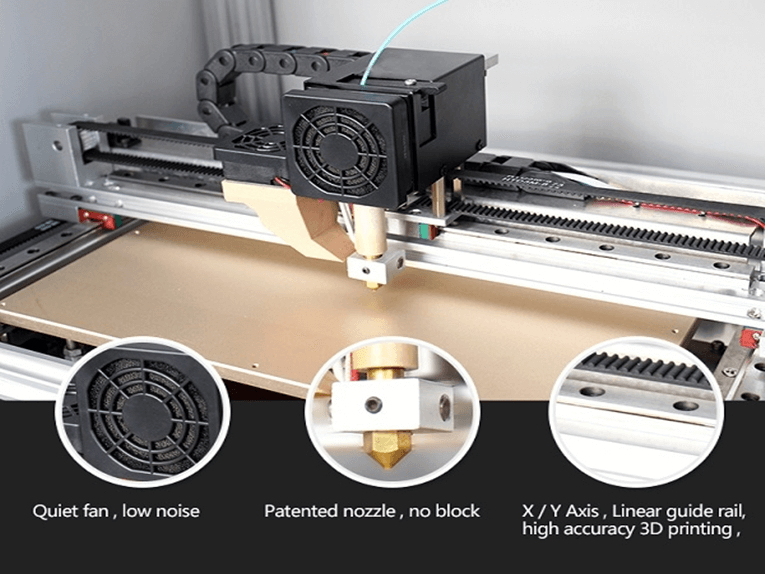
Comparing micropositioning and nanopositioning stages
Linear stage designs can range from long-stroke, high-load gantries to micropositioning and nanopositioning stages with light payloads. Although all linear stages are designed and constructed to provide high positioning accuracy and repeatability and to minimize angular and planar errors, stages...Read more -
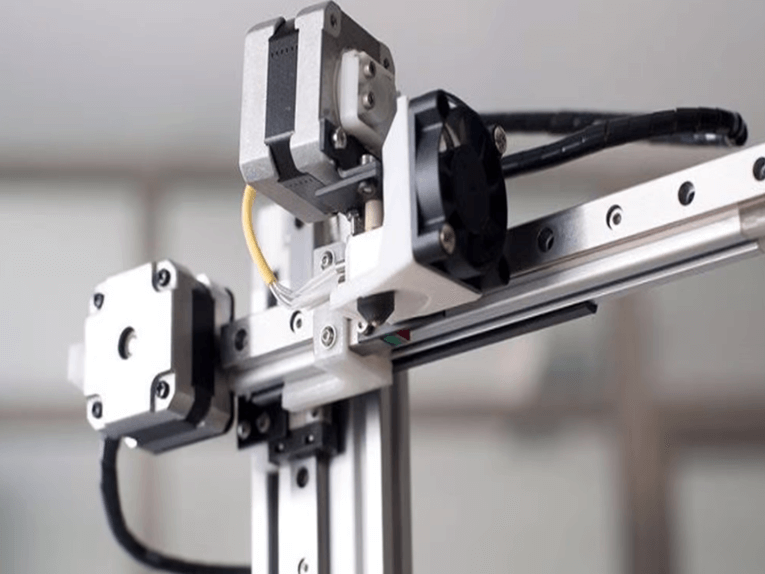
5 Points You Should Consider When Replace Linear Motion Systems
We outline the top five points that engineers, maintenance technicians and service providers should consider when replacing linear profile rail systems. When a linear system has reached the end of its useful life, often the easiest thing to do is to replace it with a like-for-like linear system ...Read more -
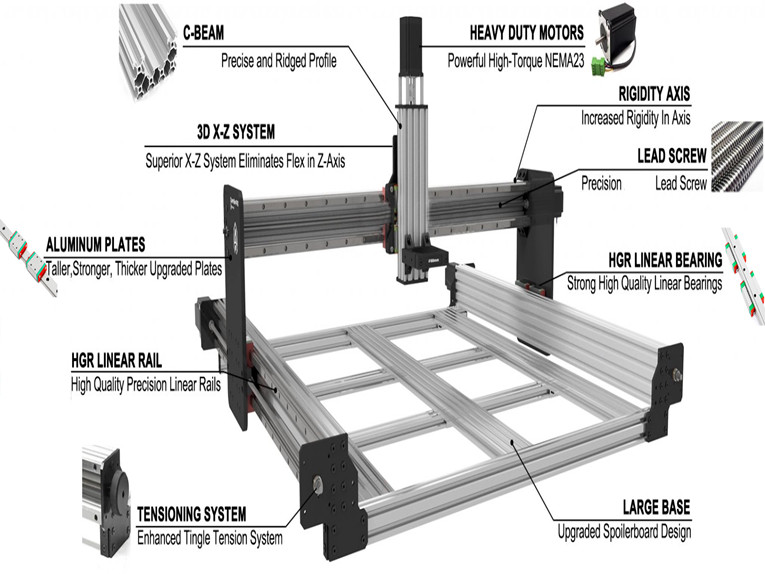
Top 5 the Most Popular Structures of Linear Rail Guide
We offer motorized stages that can be assembled into many different configurations; for example, XY stages, XYZ stages . We list top 5 the most popular stage combinations here, but you can select your own combination of family, travel and lead screw pitch in each axis to build the stage you nee...Read more -
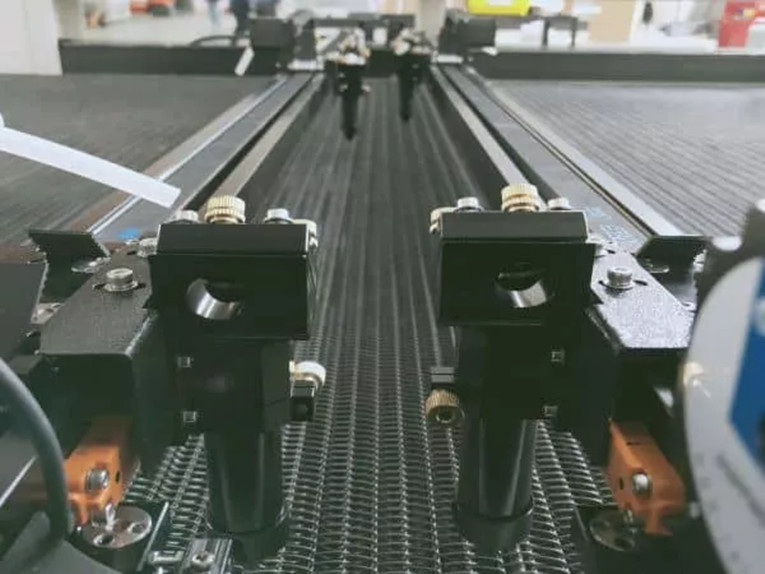
Linear guides and slides in designs light and large
More on the geometry of dual guide rails. Linear guide systems include guide rails,slides and ways. Industry categorizes them into a few basic types as well — including profile rails, drawer slides, linear bearings, guide wheels and plain bearings. A typical arrangement includes a rail or shaft,...Read more -
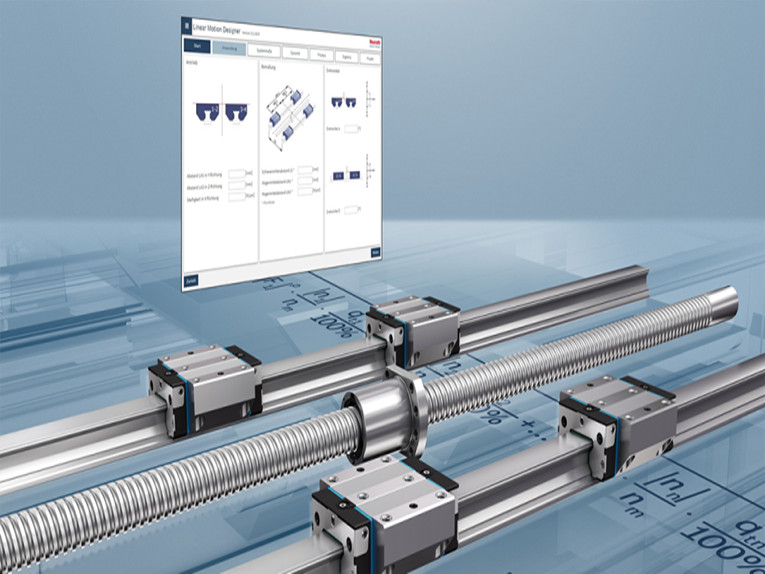
What is Linear Motion Design Engineering?
Technical summary Linear motion is an area of motion control encompassing several technologies including linear motors, linear actuators, and linear rolling guides and bearings, among others. Linear motors — an accurate option Traditional linear motors are basically a permanent magnet rotary mot...Read more -
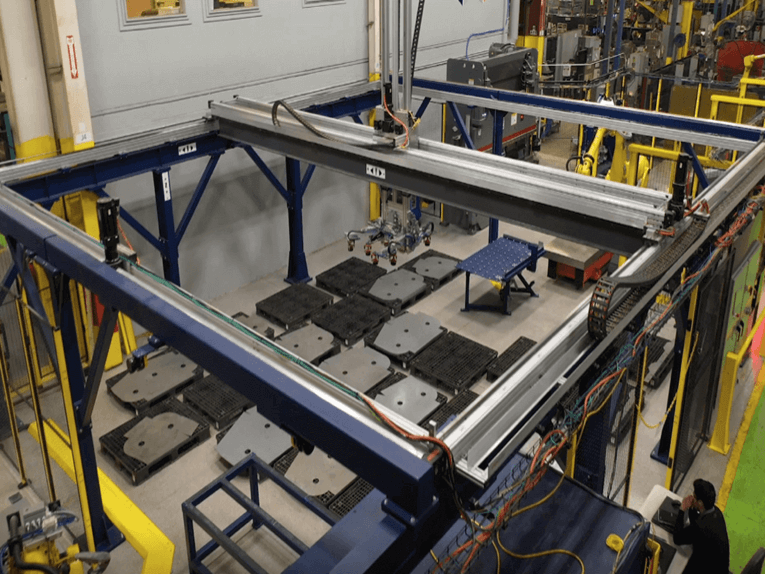
Reducing Design Time for Linear Motion Systems
Design time can be reduced while ensuring durability and high performance. Reducing design time is critical in engineering because the result is lower costs and faster time to market. Design time often includes a number of non-value-added activities such as re-design, over-design, or scope cr...Read more -

What is Torque Ripple and How Does it Affect Linear Motion Applications?
Motors produce torque and rotation through the interaction of magnetic fields in the rotor and the stator. In an ideal motor — with mechanical components that are perfectly machined and assembled and electrical fields that build and decay instantaneously — torque output would be perfectly smooth...Read more -
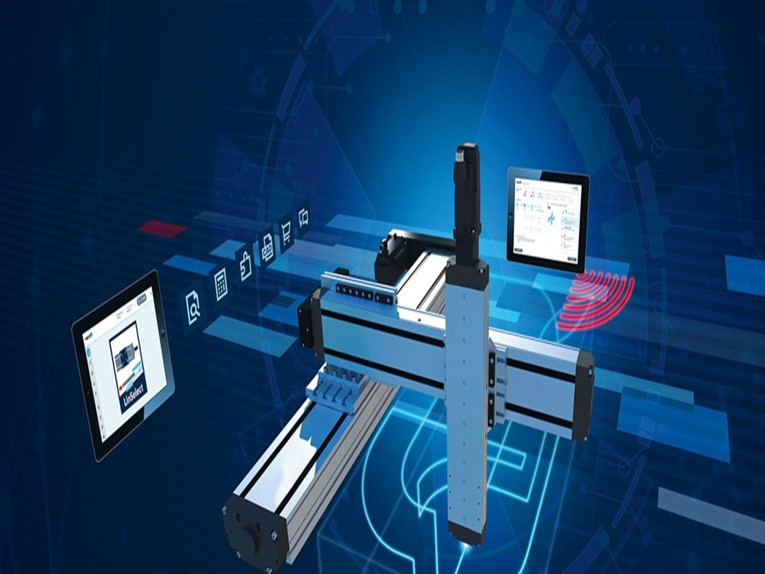
How to reduce jerk in linear motion systems
The most common move profiles for linear motion systems are trapezoidal and triangular. In a trapezoidal move profile, the system accelerates from zero to its maximum speed, travels at that speed for a specified time (or distance), and then decelerates to zero. Conversely, the triangular move pr...Read more -

How axial and radial loads affect linear motion systems
In any motion system, understanding the type and direction of applied and resultant loads is important for determining bearing life and analyzing deflection. In linear motion systems, we typically use Cartesian coordinates (X, Y, and Z) to define the placement and direction of loads. But for rot...Read more








